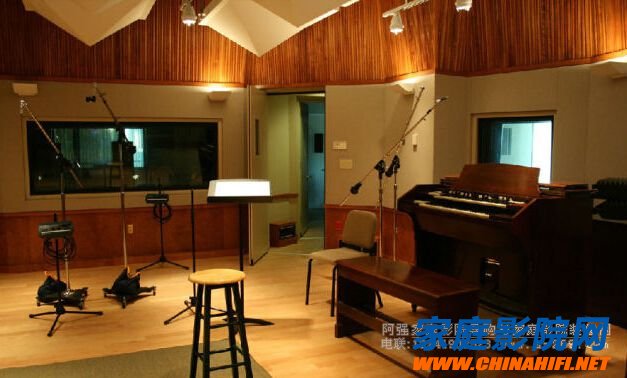
A basic knowledge of sound science. Acoustic radiation characteristics Sound waves travel from the sound source to the surroundings, called sound radiation. In our impression, it is customary to think that the sound intensity (volume) of the front, back, left, and right up and down is equal. actually not. Because the object is usually not the whole equilibrium vibration, but the local vibration, the side of the object that is fully vibrating, that is, the side with the largest amplitude, also radiates the strongest sound wave. Therefore, in an ordinary sound field environment, the sound we hear in some places will be louder, and some positions will sound weaker.
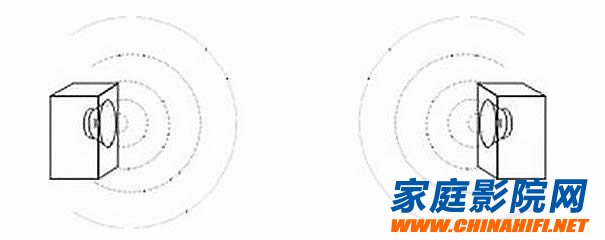
Spherical wave radiation from a point source
That is to say, the same sound source, in different directions of the same distance, there is a difference in volume intensity when the sound is radiated. In short, acoustic radiation is directional. In the process of radiation, the energy is weakened with the propagation distance. For a synthetic wave, as the propagation distance increases, the tone will also change. This is because the frequencies of the different harmonics are different and the amplitudes are different. The resistances received in the propagation medium are different, and the coefficients of the attenuation are different. Some of the harmonics with high amplitude and small amplitude disappear during the radiation process, and the harmonic components that make up the tone change.
Therefore, the farther the sound is transmitted, the smaller the gloss. Lightning is an example: the thunder in the vicinity is loud and brittle, and the thunder in the distance is stuffy and heavy. As mentioned earlier, frequencies above 20 kHz are called ultrasound. Since the wavelength of the ultrasonic wave is very short, the linear propagation that forms its radiation has physical properties such as directionality and obstacle reflection. In fact, these properties of the ultrasonic wave are not limited to frequencies above 20 kHz, and the ultrasonic properties are gradually formed from 5 kHz in the audio.
That is to say, the characteristics of linear propagation, directionality, and obstacle reflection of ultrasonic waves are often encountered within the hearing range of the human ear. For example, the fundamental frequency of the C2 sound on the piano is 493.88 Hz, the thirteenth overtone above it is 6914.32 Hz, and the fifteen overtone is 7902 Hz. These sounds have ultrasonic characteristics. It can be seen that if the fundamental frequency of the composite wave exceeds 500 Hz, its higher harmonics have ultrasonic properties. In the sound field, the sound radiation (direct sound) directly from the sound source to the human ear is the main signal basis for the sound intensity, pitch, tone and orientation of the auditory organ. Welcome to the home theater network shopping guide network!
(1) Diffraction <br> When a sound wave is transmitted, if it is blocked by an object that is close to or smaller than the wavelength, it will bypass the object and continue to advance; if it passes through a hole that is close to or smaller than the wavelength, the hole is centered. The ring wave propagates forward. This phenomenon is called diffraction, also known as diffraction.
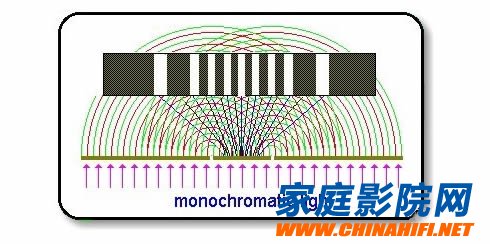
Double slit diffraction diagram
The diffraction sound propagated through obstacles and holes causes energy loss, so the diffraction sound is weaker than the direct sound volume, and the tone color changes due to the weakening of the harmonic loudness. Therefore, listening to people through the door, often can not understand the content of the speech, and it is not easy to identify who the speaker is. The diffraction sound also affects the sense of orientation of the auditory organs to the original sound source, resulting in a "keyhole effect." But in terms of the binaural effect, diffraction helps the human ear to recognize the direction of the sound source.

(2) Keyhole effect The so-called keyhole effect refers to the acoustic effect of the diffracted sound formed after the sound wave passes through the hole. Because the sound wave loses the original auxiliary radiation direction during the diffraction process, the listener cannot recognize the specific orientation of the original sound field point source or the array sound source, and regards the hole as the sound source. Therefore, no matter how complicated the sound source layout of the original sound field array is, the keyhole effect still gives the listener a sense of point source. The keyhole effect is the theoretical basis for mono-plane audio.
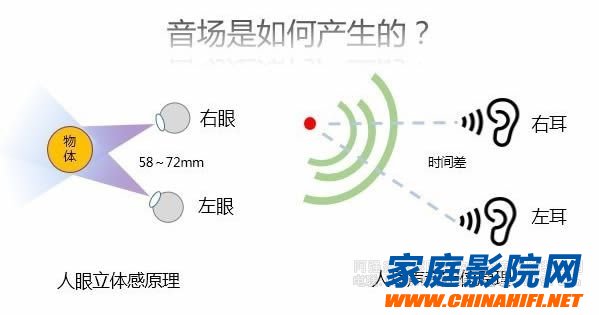
(3) Reflection, echo, reverberation
The phenomenon that sound waves fold back when encountering obstacles during propagation is called reflection. The energy loss of the reflected sound depends on the structural condition of the obstacle. In general, the more the obstacle material absorbs sound, the greater the energy loss of the reflected sound. When the time difference between the reflected sound and the direct sound (original sound) is more than 1/20 second, the human ear obviously produces an echo feeling.
Echo is an important basis for the human ear to recognize the width and depth of the sound field. But the echoes can hinder listening and become a problem for theaters and hall buildings. When the time difference between the reflected sound and the direct sound is less than 1/20 second, it is called a useful reflected sound. The useful reflection sound not only does not affect the listening, but will be full and strengthen the direct sound. The reverberation is formed when the original sound is mixed with many useful reflections of different time differences and different time differences.
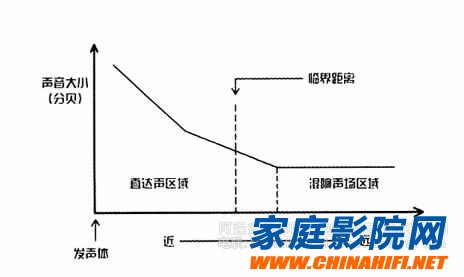
The time required for the reverberation to decay from a maximum to less than 60 dB is called the reverberation time. The reverberation time of each frequency band is an important acoustic parameter for theaters and concert halls.
声 Sound source positioning Sound source orientation is an important attribute of sound. For human auditory organs, the sound source orientation is the primary basis for producing stereo images.
Broadly speaking, a place where sound exists is a stereo field. Because the human ear only needs to hear the sound, it will inevitably notice the source of the sound, and it will inevitably produce a specific sense of sound source orientation. From this point of view, the sound source orientation is a physiological and psychological concept. However, the basis of the sound source orientation of the human ear is objective physical quantification. It is mainly represented by the relationship between the position of the sound field in which the vibrating body is located and the central axis directly in front of the listener.
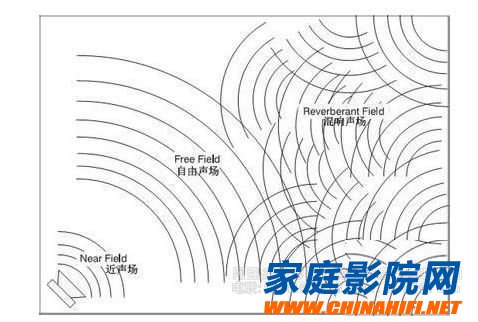
(1) Point source, array source and moving source <br> In the sound field, only one object is sounding (such as a violin playing, a person talking, a speaker in the sound, etc.), in this case, It is called a point source.
In the sound field, if there are multiple point sources that sound simultaneously (such as a band playing, many individuals speaking in different locations, etc.), this situation is called a sound source.
In the sound field, an object sounds on the move (such as a car, airplane, train, etc.), which is called a mobile sound source.
(2) Square Acoustic Attributes <br> Square Acoustic Attributes means that the point source, array source or moving source is in a broad, unobstructed sound field environment. At this time, the sound waves are emitted in all directions, and generally, diffraction, reflection, or reverberation is rarely generated. Therefore, the sound is in the original stage, the tone and volume are not processed, and the sound radiation is performed according to the conventional attenuation parameter. In such a sound field environment, the human ear mainly produces the sound source orientation by the direct sound of the plane. Because of the lack of reflected and reverberant sounds from above and behind, under normal circumstances, the sound image cannot form a surround sound effect.

(3) Acoustic properties of the concert hall <br> When the sound source and the sound source are sounded in a hall, the sound signals form a fairly complex series of transmissions due to factors such as the spatial structure of the hall and the sound absorbing materials. This series of communication is called the acoustic properties of the concert hall.
The band plays in the concert hall and the sound that reaches the audience consists of the following signals:
(1) Direct sound, this is the original sound of each instrument directly to the audience. As the distance between the stage and the audience is different, the lag time of the sound (that is, the time transmitted by the sounding body to the audience) is also different. This delay is about 4050ms on average. Direct sound is the most important acoustic signal in the sound field.
(2) The recent reflection sound refers to the sound reflected from the front slanting top of the stage and the walls on both sides of the stage to the audience. Since the sound reaches the audience after reflection, the delay amount (before the direct sound is late) is about 2050ms, so it is called the near reflection sound. It adds weight to the direct sound. So it is also called useful reflection sound.
(3) Reverberation sound, which is formed by multiple reflections and resonances of sound waves by sound field walls, inclined roofs, ceilings, and the like. The ideal time for the concert hall is 1.8s - 2.2s. The reverberation sound plays a role in the smoothing of the direct sound, so that the energy loss of the direct sound is compensated to some extent, and the real sense of the listening sound also plays a role. However, when the reverberation exceeds 2.2s, the clarity of the direct sound will be affected and the sound will become confused.
Welcome to the best reverberation time home theater network shopping guide network for each purpose hall!
The acoustic properties of the concert hall are acoustic principles based on physiology, aesthetics and psychology and are the main basis for stereo technology.
Summary: Mastering the sound wave radiation characteristics and sound source localization can better help us to understand the acoustic characteristics of audio products and indoor buildings, and help to create an excellent audio-visual environment. To be continued...
Iron Battery,Nife Batteries Australia,Nife Battery 600Ah For Asutralia,Ni-Fe Battery 450~600Ah
Henan Xintaihang Power Source Co.,Ltd , https://www.taihangbattery.com